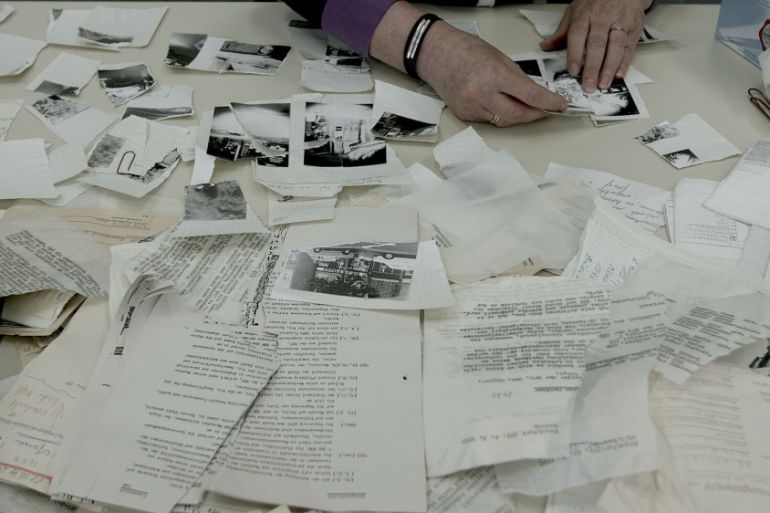
The Stasi Project: Solving the World’s Biggest Puzzle
In Germany, a small team virtually piece together the history of a surveillance state in the Stasi Puzzle Project.
Editor’s note: This film is no longer available to view online.
After the fall of the Berlin Wall in 1989, employees at the Ministry for State Security, or Stasi, frantically tore up hundreds of thousands of incriminating documents containing evidence of how they spied on dissidents and ordinary citizens. But before they could eliminate all evidence of their activities, citizen groups stormed into the Stasi headquarters, blocking its gates with buses and trucks and confiscating what was left of the documents.
![After the fall of the Berlin Wall, East German protesters raided Stasi headquarters that contained more than 15,000 sacks of torn Stasi documents [Al Jazeera]](/wp-content/uploads/2018/08/2b50aeae3b0b4342b5d1d5cf6c6ab6b6_18.jpeg)
Countless documents were burned by the Stasi employees before their offices were overrun. However, once their route to the furnaces was physically blocked by citizen groups, they resorted to tearing up the documents in tiny scraps of paper. In doing so, they lay the foundation for what would be the Stasi Puzzle Project.
I think for a long time, Stasi employees believed that the ministry would continue to exist in another form. So they didn't think their activities were over.
Since the reunification of Germany, the Federal Commission for the Stasi Records has been responsible for processing the torn-up documents which include letters, invoices, photos, official notifications and a lot more. So what makes this the world’s largest puzzle? It’s the estimation that the project could take up to 800 years to complete.
What has the project revealed so far and how promising is its future? Will the secrets of East Germany always remain shrouded in mystery or will newer technology and more resources drive the Stasi Puzzle Project to its completion before this fragment of history loses relevance?